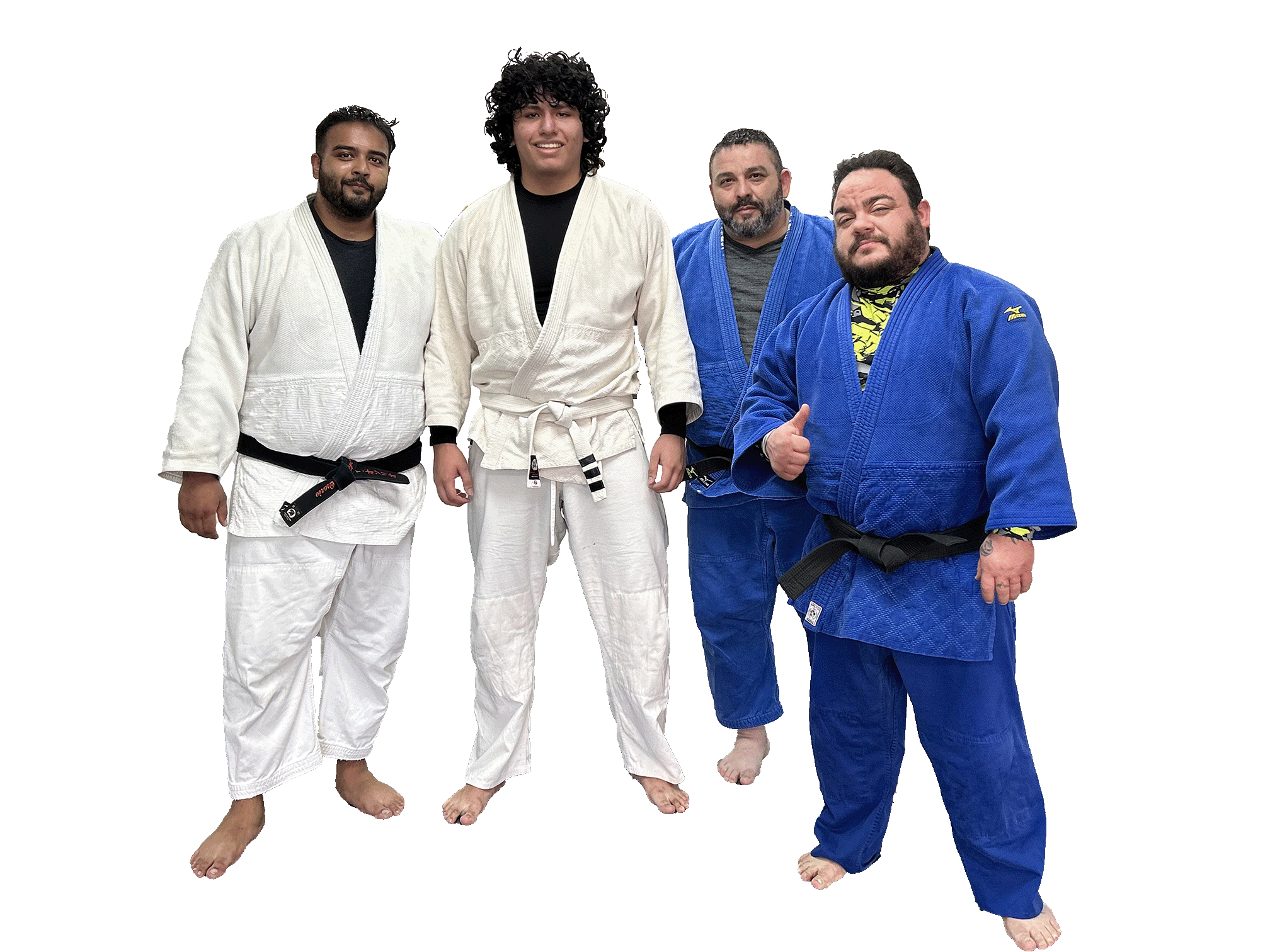Despite sharing the word ‘jiu-jitsu’, the Japanese and Brazilian versions of the martial art are dissimilar from one another. There are key distinctions between the two styles, in origin and application. Practitioners of both would most certainly appreciate the distinction being made, so let us get started.
Japanese jujitsu, like other martial arts, is believed to have been created by Buddhist monks. However, its first known application was military. The defenders of ancient Japan were swordsmen known as samurai, but if their weapon was lost, they relied on the techniques of jujitsu. These methods mostly included powerful throws and joint locks. Today, this form of self-defense is also taught to law-enforcement. Like its Brazilian counterpart, Japanese jujitsu has also successfully transitioned into a civilian support, although it also involves kicking and striking movements.
The path to Brazilian Jiu-jitsu (BJJ) began when jujitsu developed into judo. A diminutive man named Jigoro Kano demonstrated that strength was not as important as personal development and defending against an attacker by throwing them off balance. It was a student of Kano’s by the name of Mitsuyo Maeda who introduced judo to Brazil. When the legendary Carlos Gracie took interest in the ground fighting aspect of judo, Brazilian Jiu-jitsu was born.
There is no kicking or striking in Brazilian Jiu-jitsu. There is no weapons training or use of pressure against joints during throws. The focus is instead placed on throwing techniques, chokeholds, and joint locks. The goal is to bring the opponent to the ground and force him or her to submit through leverage and grip. While BJJ is largely associated with MMA competitions, and its fearsome warriors, BJJ prides itself on its effectiveness for smaller, weaker individuals in defense against larger opponents.
Regardless of BJJ’s popularity in the world of sports and entertainment, it absolutely applies to real life scenarios and street combat. Its practicality is celebrated, especially because of how useful it is for women, children, and people of smaller stature. It may not be as traditional a martial art as Japanese jujitsu, but today, it is omnipresent in gyms and shopping malls across the nation.
Since the days of the samurai, Japanese jujitsu has not changed much, hence its reputation as traditional. The approach to instruction has changed very little, and still places great emphasis on discipline. Both Japanese and Brazilian arts techniques can be used in real life situations. However, thanks to its dominance in the world of martial arts competition, BJJ must understandably update its approach in order to win points. There is no reason to limit oneself to one or the other, as any devoted martial artist will always seek excellence over limitation.

